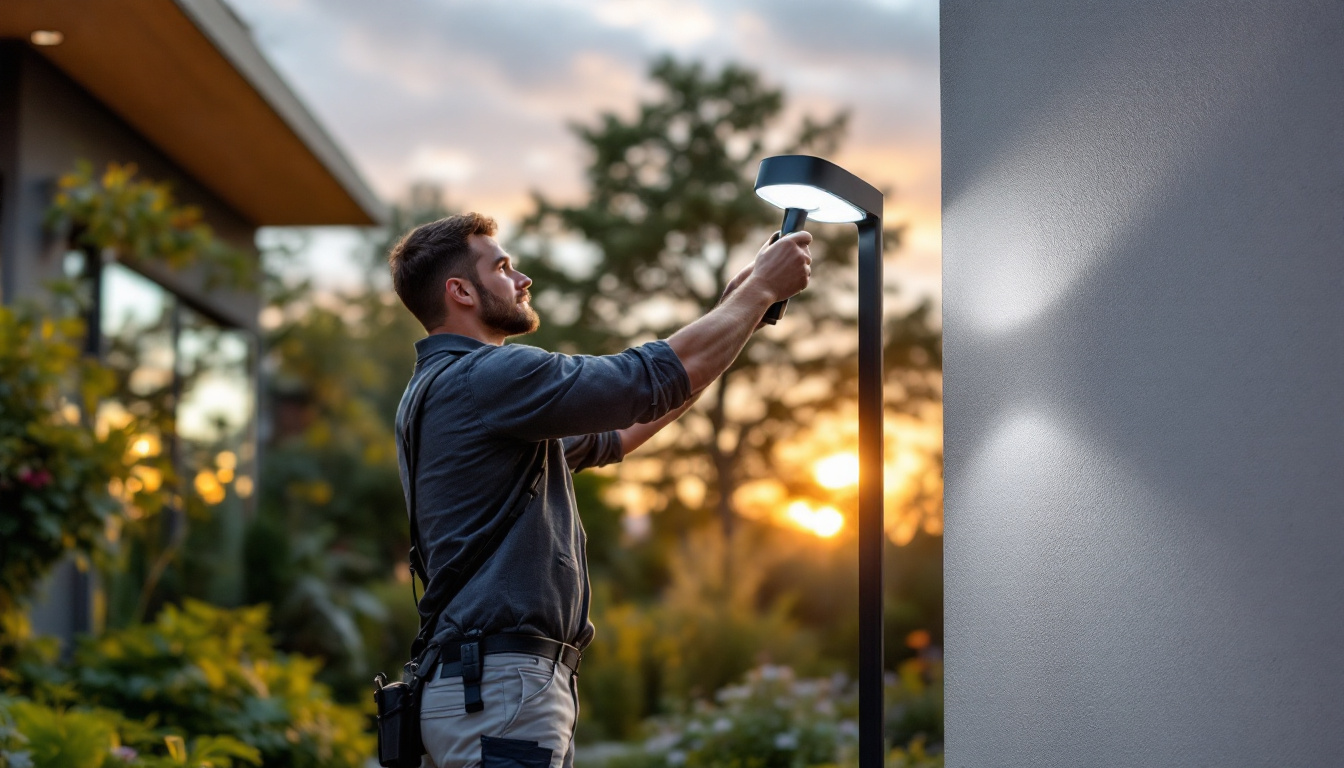
In the realm of outdoor lighting, efficiency and effectiveness are paramount for lighting contractors. The choice of outdoor lamps can significantly influence the overall performance of lighting projects. This article delves into how outdoor lamps enhance efficiency for lighting contractors, exploring various types, their benefits, and best practices for implementation.
Outdoor lamps serve a critical function in illuminating spaces, ensuring safety, enhancing aesthetics, and providing visibility during nighttime. They come in various forms, each designed to meet specific needs and environments. From pathway lights to floodlights, understanding the different types of outdoor lamps is essential for lighting contractors aiming to optimize their projects.
Outdoor lamps can be categorized into several types, each with unique characteristics and applications. Some of the most common types include:
energy efficiency is a critical factor for lighting contractors. With the rising costs of electricity and growing environmental concerns, selecting energy-efficient outdoor lamps can lead to significant savings. LED technology has revolutionized outdoor lighting, providing longer lifespans and lower energy consumption compared to traditional incandescent bulbs.
Moreover, energy-efficient outdoor lamps can also qualify for rebates or incentives in many regions, further enhancing the financial benefits for contractors and their clients.
In addition to energy savings, the use of smart outdoor lighting systems is becoming increasingly popular. These systems allow for remote control and automation, enabling homeowners to schedule lighting based on their needs or even control it from their smartphones. Such advancements not only improve convenience but also enhance security by allowing lights to be programmed to turn on at specific times, deterring potential intruders.
Furthermore, the aesthetic appeal of outdoor lamps should not be overlooked. With a plethora of designs available, from sleek modern fixtures to vintage-inspired lanterns, contractors can help homeowners choose lamps that complement their property’s architecture and landscape. This thoughtful integration of style and functionality can significantly elevate the overall ambiance of outdoor spaces, making them more inviting and enjoyable for gatherings or quiet evenings under the stars.
Incorporating smart technology into outdoor lighting systems is transforming how lighting contractors approach their projects. Smart outdoor lamps offer enhanced control and flexibility, allowing for tailored lighting solutions that meet specific client needs. This shift not only improves the aesthetic appeal of outdoor spaces but also contributes to energy efficiency and sustainability, which are increasingly important considerations in modern design.
Smart outdoor lamps come equipped with features that can significantly improve efficiency. Some of the benefits include:
Smart outdoor lamps can also integrate with other smart home systems, allowing for comprehensive control over a property’s lighting. This integration can enhance security, as lights can be programmed to simulate occupancy when homeowners are away. For lighting contractors, this presents an opportunity to offer clients a more sophisticated and appealing lighting solution. Furthermore, the ability to connect with home security systems means that outdoor lights can be triggered by alarms or security breaches, providing an additional layer of protection for the property.
Additionally, many smart outdoor lamps can be controlled via mobile apps or voice commands, making them incredibly user-friendly. This level of accessibility ensures that homeowners can easily adjust their lighting preferences without needing to navigate complex systems. As smart technology continues to evolve, the potential for innovative features such as adaptive lighting, which adjusts based on the time of day or weather conditions, is becoming a reality. This not only enhances the functionality of outdoor spaces but also creates a more dynamic and responsive environment for users.
While functionality and efficiency are crucial, the aesthetic appeal of outdoor lamps should not be overlooked. The right design can complement a property’s architecture and landscaping, enhancing its overall value. A well-designed outdoor lighting scheme can turn a mundane garden into a magical retreat, illuminating pathways and highlighting features such as trees, sculptures, and water elements. This transformation not only improves safety and usability but also creates an inviting atmosphere for gatherings and relaxation.
When selecting outdoor lamps, it’s essential to consider the style and design that will best suit the environment. Options range from modern and sleek designs to more traditional and ornate fixtures. Lighting contractors should work closely with clients to understand their preferences and the overall theme of the property. For instance, a contemporary home may benefit from minimalist fixtures that emphasize clean lines and geometric shapes, while a rustic cabin might be better complemented by lantern-style lights that evoke a sense of warmth and nostalgia.
Incorporating various styles of outdoor lamps can create a layered lighting effect, adding depth and interest to outdoor spaces. This approach not only improves functionality but also elevates the aesthetic appeal, making the project more attractive to potential clients. Additionally, mixing different materials—such as metal, glass, and wood—can enhance the visual texture of the lighting scheme, allowing for a more personalized and dynamic outdoor environment.
The color temperature of outdoor lamps plays a significant role in the ambiance of outdoor spaces. Warmer color temperatures (around 2700K to 3000K) create a cozy and inviting atmosphere, ideal for residential settings. In contrast, cooler temperatures (4000K and above) can provide a more modern and vibrant feel, suitable for commercial applications. Understanding the nuances of color temperature can help in crafting a specific mood; for example, a warm glow can encourage relaxation during evening gatherings, while cooler tones can energize a space for social events or outdoor dining.
Lighting contractors should educate clients about the impact of color temperature on mood and perception, helping them make informed decisions that align with their vision for the space. Furthermore, the quality of light emitted by outdoor lamps, including factors such as brightness and diffusion, can significantly influence how colors and textures are perceived in the landscape. Using fixtures that offer adjustable brightness can provide flexibility, allowing homeowners to tailor the lighting to suit different occasions, from intimate dinners to lively parties, enhancing the versatility of outdoor areas throughout the year.
Proper installation of outdoor lamps is crucial for maximizing efficiency and ensuring longevity. Lighting contractors should adhere to best practices to achieve optimal results.
Before installation, conducting a thorough site assessment is essential. This process involves evaluating the area’s layout, existing structures, and potential obstacles that may affect lighting performance. Understanding the specific needs of the space allows contractors to determine the best locations for outdoor lamps.
Additionally, considering factors such as natural light sources and the intended use of the area can help in selecting the appropriate type and number of lamps needed.
Ensuring a safe and reliable power supply is vital for outdoor lighting installations. Contractors should adhere to local electrical codes and regulations when wiring outdoor lamps. Using weatherproof materials and fixtures will enhance durability and reduce maintenance needs.
Moreover, incorporating low-voltage systems can be a practical solution for outdoor lighting, offering increased safety and energy efficiency. This approach can also simplify installation, making it easier to expand or modify the lighting system in the future.
To ensure the continued efficiency of outdoor lamps, regular maintenance is necessary. Lighting contractors should advise clients on best practices for upkeep, ensuring that their investment remains functional and visually appealing over time.
Conducting regular inspections of outdoor lamps can help identify issues before they become significant problems. Checking for signs of wear, corrosion, or damage ensures that any necessary repairs can be made promptly, prolonging the lifespan of the fixtures.
Additionally, cleaning the lamps and surrounding areas can improve light output and maintain the aesthetic appeal of the outdoor space. Dust, dirt, and debris can accumulate over time, diminishing the effectiveness of the lighting.
As technology advances, upgrading components of outdoor lighting systems can enhance efficiency and performance. For instance, replacing traditional bulbs with LED options can provide substantial energy savings and improved light quality.
Lighting contractors should stay informed about the latest developments in outdoor lighting technology, enabling them to offer clients the most efficient and effective solutions available.
Outdoor lamps play a crucial role in enhancing efficiency for lighting contractors. By understanding the various types of lamps, incorporating smart technology, considering design aspects, adhering to installation best practices, and ensuring proper maintenance, contractors can deliver outstanding lighting solutions that meet client needs.
As the demand for outdoor lighting continues to grow, embracing these principles will not only improve project outcomes but also enhance the overall satisfaction of clients. Ultimately, the right outdoor lamps can transform spaces, making them safer, more functional, and visually appealing.
Ready to elevate your lighting projects with efficiency and style? At LumenWholesale, we provide lighting contractors with an exceptional range of high-quality, spec-grade outdoor lamps that blend performance with affordability. Say goodbye to local distributor markups and hello to our unbeatable wholesale prices, comprehensive selection, and the convenience of free shipping on bulk orders. Transform your outdoor spaces with reliable lighting solutions that promise to impress your clients. Discover the value and quality that LumenWholesale offers. Wholesale Lighting at the Best Value.
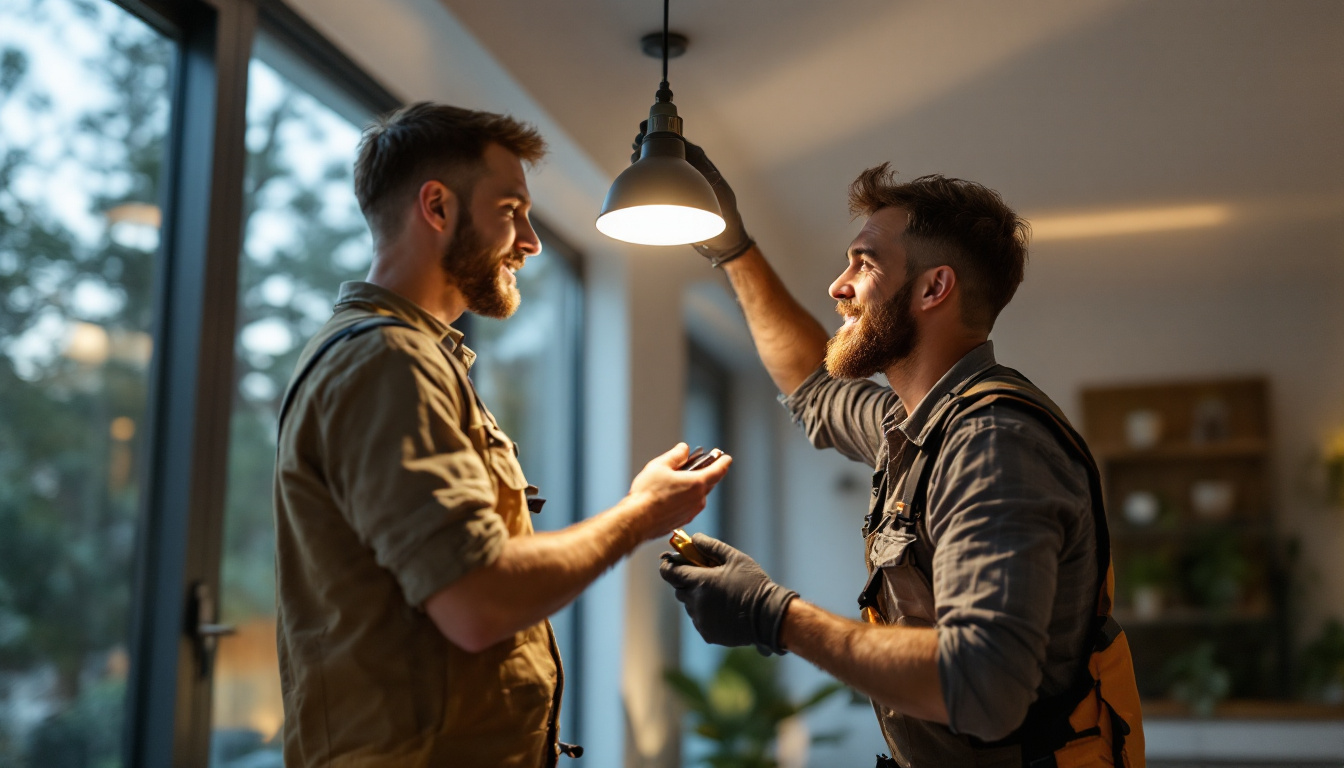
Discover innovative hacks for smart lighting contractors to upgrade replacement can lights.
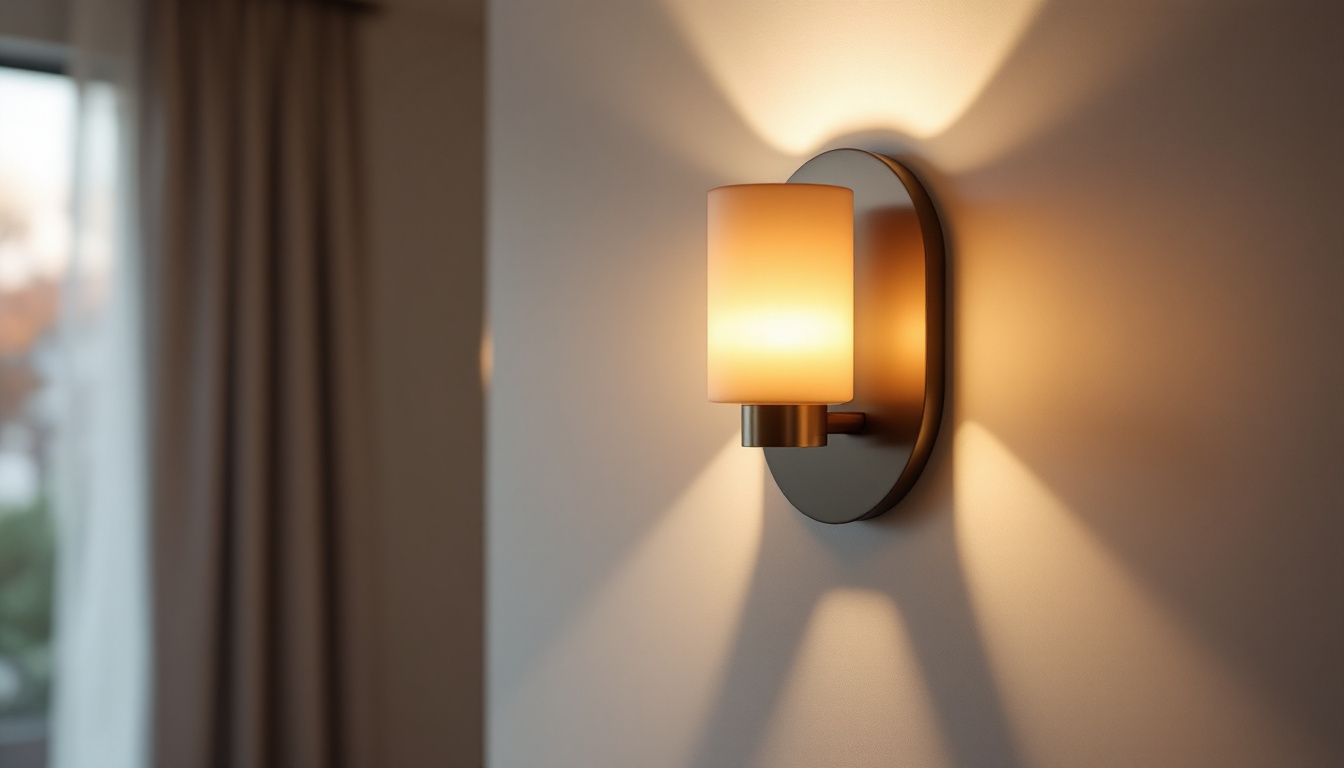
Illuminate your projects with our comprehensive guide on wall sconce lights, tailored specifically for lighting contractors.
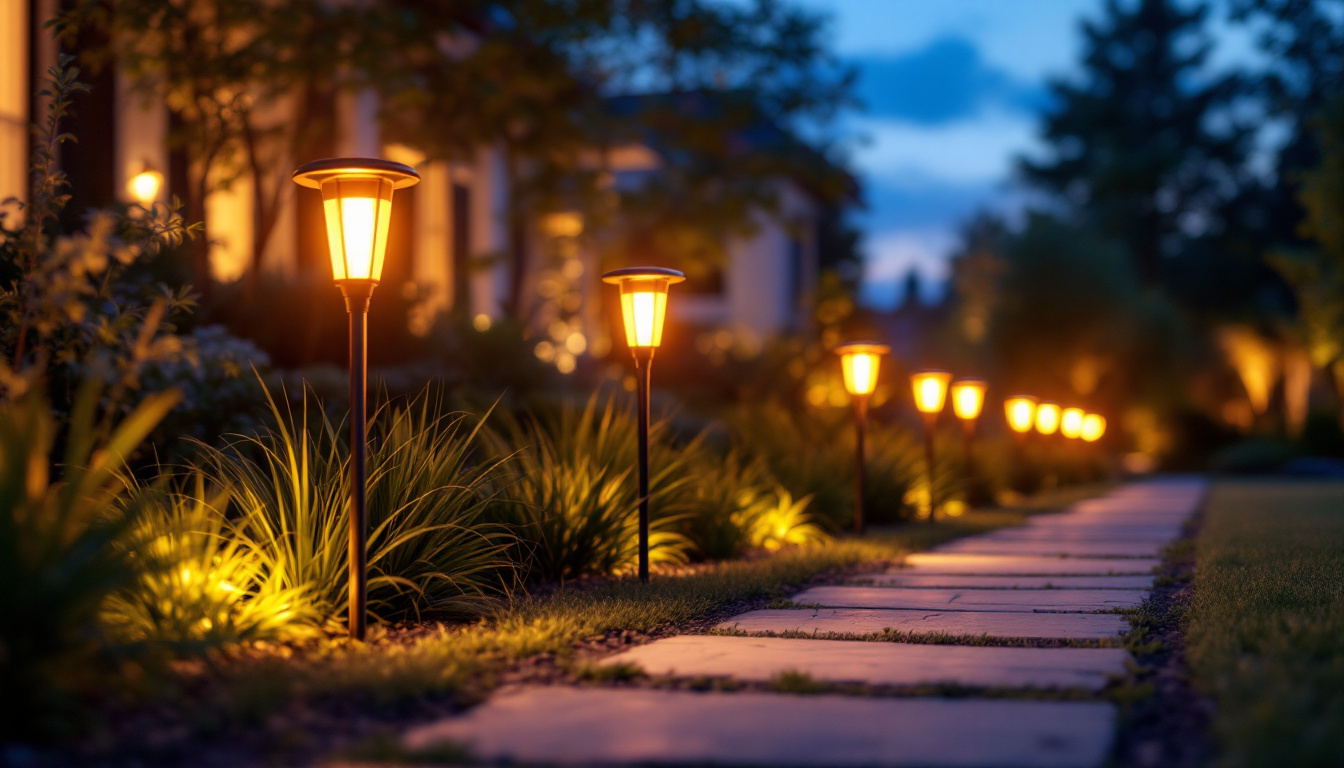
Illuminate your projects with confidence! Discover essential insights and expert tips on outdoor solar stake lights that every lighting contractor should know to enhance efficiency, sustainability, and client satisfaction..
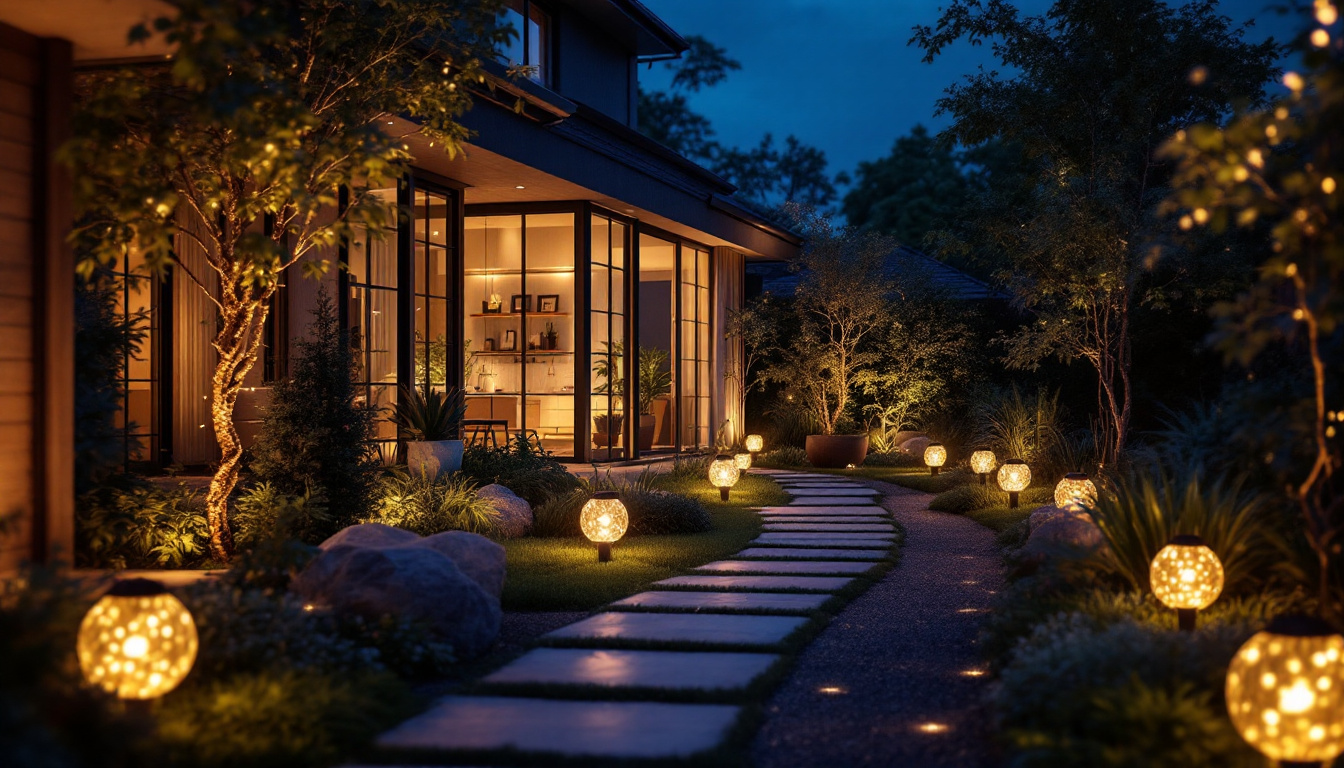
Discover how solar LED lights are revolutionizing outdoor lighting by enhancing energy efficiency and reducing carbon footprints.